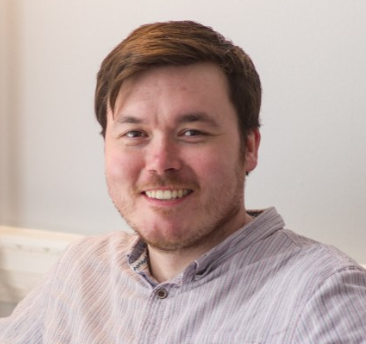Maelstrom's Edge: Faith and Maelstrom's Edge: Sacrifice are now available on Kindle!
/In late 2011 I was asked to join a creative project creating a new science fiction miniatures wargame. Over the last three and half years in my spare time I've worked with a fantastic team of writers, designers and artists to design a universe and the game and miniatures to go with it. Today we went public on the Maelstrom's Edge project - we'll be going to Kickstarter on the game very soon!
I've also written two books - with my fellow Lead Writer on the project, Stephen Gaskell. It's been a lot of effort to get them finished, but at last, finally, today we have launched the novels on Kindle - Maelstrom's Edge: Faith and Maelstrom's Edge: Sacrifice, books one and two in the Battle for Zycanthus series that ties in to our first boxed game.
Maelstrom's Edge: Faith is the first novel in the Maelstrom's Edge universe. In the far future, a golden age of exploration and progress has been shattered. Humanity and alien alike are on the very edge of annihilation.
A gigantic apocalyptic explosion of dark energy known as the Maelstrom is rapidly expanding out from the heart of the galaxy, destroying everything it touches. As worlds and stars on the Maelstrom's Edge are obliterated, those who have the means flee towards deep space, while those left behind fight for the chance to escape.
In Maelstrom's Edge: Faith, conflict and conspiracy grows as the Maelstrom nears the doomed world of Zycanthus. Sheriff Kyle Wynn is one of many living in the shadow of the Maelstrom. When his desert patrol is ambushed by strange warrior cultists, Wynn realises that there are other forces at play on Zycanthus besides the corporate interests of his Epirian Foundation bosses.
Zafah is a missionary from the Karist Enclave. The Enclave see the Maelstrom as a chance to ascend to a wondrous higher plane of being, but Zafah’s mission to save the people of Zycanthus is threatened by the world's heavy-handed security enforcers--and her own conscience.
Wynn is convinced that the Karists are a threat to his family and Zycanthus. Can he uncover the intentions of the Karists before it’s too late, or will Zafah’s secretive organisation succeed in their mysterious aims?
Maelstrom's Edge: Sacrifice follows on from the events of Maelstrom's Edge: Faith. The Karist Enclave's plan to save the world of Zycanthus is in tatters. Shocked by their terrible losses at the hands of Epirian forces, Zafah joins the Karist military knowing the time for artful persuasion is over.
Meanwhile, Sheriff Kyle Wynn is struggling to convince his Foundation bosses of the threat the Karists still pose. But when he infiltrates a Karist base, he discovers that their intentions are far greater and more dangerous than even he could have imagined...
Zafah and Wynn are thrown into an escalating tussle for supremacy of Zycanthus, both on the planet's surface and in orbit. With the shadow of the Maelstrom hanging over them, the outcome of this clash will decide the fate of millions. Will the robotic might of the Epirian Foundation or the inner faith of the Karist Enclave emerge triumphant?
I'll be doing some blog posts on the design and details of the universe over the next few weeks, but in the meantime you can purchase both books at the Amazon links below!











